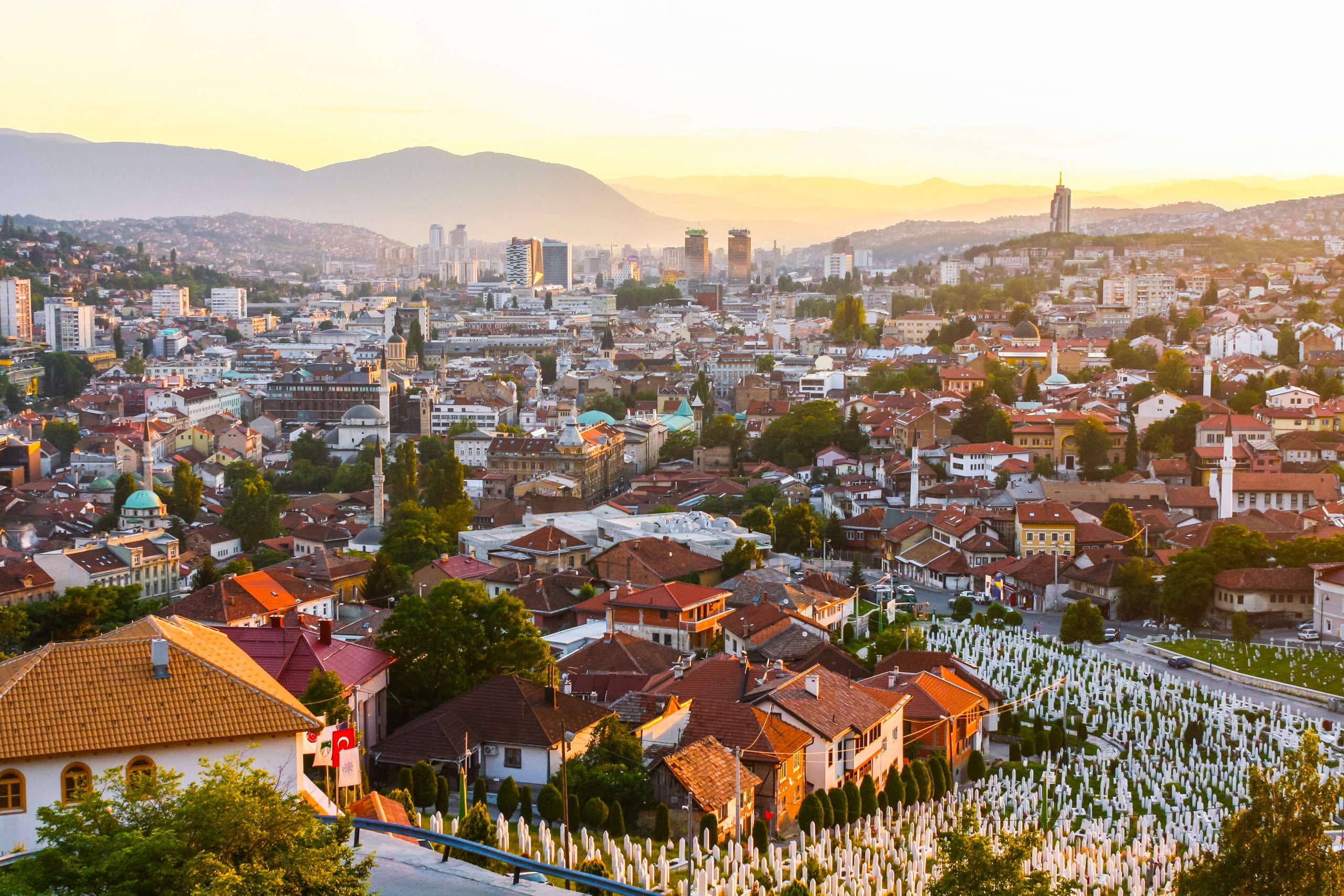Uncategorized
Discuss about Urban Planning in Eastern Europe: Challenges

Historical Context
To understand urban planning in Eastern Europe, one must delve into its historical context. The legacy of socialist planning, which prevailed during the Soviet era, has left an indelible mark on the region’s urban landscapes. Cities were often designed around industrialization and centralization, resulting in massive, monolithic residential blocks and utilitarian infrastructure. Many cities in Eastern Europe still grapple with the challenges posed by these historical planning decisions.
- Legacy of Socialist Urbanism: The socialist era saw the construction of vast housing complexes, such as the paneláks in the Czech Republic and the khrushchyovkas in Russia. These mass-produced housing units were intended to accommodate the growing urban populations, but they often lacked aesthetics and the comforts of modern urban living.
- Centrally Planned Cities: Socialist governments centralized planning, leading to the development of capital cities as centers of industry and administration. This centralization contributed to stark urban-rural disparities.
- Heritage Conservation: Despite the challenges posed by socialist urbanism, many Eastern European cities have successfully preserved their historical heritage. Prague’s Old Town, for instance, stands as a testament to the region’s rich architectural history.
Contemporary Challenges
Urban planning in Eastern Europe faces a myriad of contemporary challenges, many of which are rooted in its historical legacy but also reflect global urbanization trends.
- Decentralization: Post-socialist countries are grappling with decentralization and the transfer of power and resources to local governments. This shift has brought about both opportunities for tailored urban development and challenges related to resource allocation.
- Infrastructure Modernization: Many cities in Eastern Europe are in dire need of infrastructure modernization, including public transportation systems, road networks, and utilities.
- Housing Quality: Ensuring quality housing for urban populations remains a challenge. The task involves improving the living conditions of residents in aging housing estates while also providing affordable housing options for the growing urban population.
- Environmental Sustainability: Achieving environmental sustainability is a global imperative, and Eastern Europe is no exception. Urban planning must address issues such as pollution, green spaces, and sustainable transportation options.
- Economic Disparities: Persistent economic disparities between urban and rural areas require innovative planning solutions to ensure equitable development.
Opportunities for Innovation
Despite these challenges, Eastern Europe’s urban planning landscape also presents numerous opportunities for innovation and progress.
- Sustainable Urbanism: Cities like Ljubljana, Slovenia, and Tallinn, Estonia, are leading the way in sustainable urban planning, emphasizing green spaces, eco-friendly transportation, and energy-efficient buildings.
- Historic Preservation: Eastern European cities are capitalizing on their rich history and unique architectural heritage to attract tourists and investment.
- Smart Cities: The integration of technology in urban planning, as seen in cities like Warsaw and Budapest, is transforming the way cities function, improving services, and enhancing the quality of life for residents.
- Community Engagement: Involving citizens in the planning process through participatory methods fosters a sense of ownership and can lead to more effective and inclusive urban development.
- Tourism Development: Cities like Prague and Budapest are embracing tourism as a key economic driver, leading to investments in infrastructure and amenities.
Emerging Trends in Eastern European Urban Planning
In addition to the historical context, contemporary challenges, and opportunities for innovation, there are several emerging trends that are reshaping urban planning in Eastern Europe:
- Green Infrastructure: Cities like Budapest and Sofia are increasingly investing in green infrastructure, including parks, urban forests, and green roofs. These green spaces not only improve air quality but also enhance the overall quality of life for urban residents.
- Mixed-Use Developments: Many Eastern European cities are shifting towards mixed-use developments that combine residential, commercial, and recreational spaces within the same neighborhoods. This approach fosters vibrant, walkable communities and reduces the need for long commutes.
- Public Transportation Expansion: Efforts to expand and modernize public transportation networks are gaining momentum. Cities like Warsaw and Bucharest are investing in new metro lines, tram systems, and bus rapid transit to alleviate traffic congestion and reduce pollution.
- Adaptive Reuse: Eastern European cities are reimagining the use of historic buildings and industrial spaces. Abandoned factories and warehouses are being converted into trendy loft apartments, offices, and cultural centers, breathing new life into urban areas.
- Digitalization and Smart Governance: The adoption of digital technologies and data-driven decision-making is on the rise. Cities are implementing smart solutions for traffic management, waste collection, and energy efficiency to enhance urban living.
- Cultural and Creative Districts: Many cities are creating cultural and creative districts to promote artistic expression and cultural diversity. These districts, like Prague’s Holesovice or Belgrade’s Savamala, serve as hubs for the creative industries and attract both residents and tourists.
- Affordable Housing Initiatives: Recognizing the need for affordable housing, several Eastern European cities are implementing policies to encourage affordable housing development and protect residents from gentrification.
- Climate Resilience: Eastern Europe is not immune to the effects of climate change. Cities are increasingly focusing on climate resilience planning, including flood control, water management, and heat mitigation strategies.


